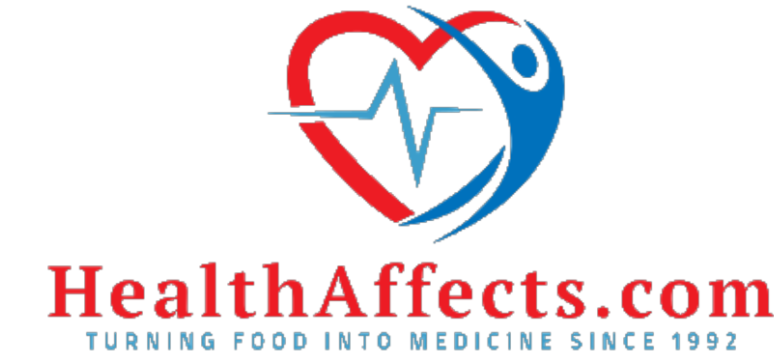
3 Dreadful Hazards of Atherosclerosis & How Can You Prevent It
Arteries are channels that carry nutrient-rich blood from the heart to every part of your body. These vessels (of nutrients) enrich the brain, the body, and the heart muscle itself. Arteries have a lining of endothelium and a base of musculature.
What is Atherosclerosis?
Atherosclerosis is a condition where the arteries get clogged with atheromas and plaques.
Plaques or atheromas are coagulations of fatty substances (such as cholesterol), calcium, dead cells, and fibrin that can occlude the arteries leading to different complications. Pathologists propose two theories that might lead to the plaque formation and atherosclerosis.
1. Internal Arterial Damage
No one exactly knows how atherosclerosis develops, but it is proposed that internal damage to the endothelial cells of the artery leads to plaque formation. Internal arterial damage in early childhood leads to the accumulation of sticky materials such as fats and calcium. This accumulation makes endothelial cells trigger an inflammatory response to help remove the mess.
As a response, the artery’s musculature thickens and forms a cover over the plaque, leading to clogging and narrowing of the artery.
2. Endothelial dysfunction
Another proposed cause for atherosclerosis is endothelial dysfunction. According to a research the endothelium maintains a vascular tone of the artery with the help of vasoconstrictors and vasodilators, with nitric oxide, endothelin, and angiotensin-2 being the prominent ones.
A normal healthy endothelium imparts antiplatelet, fibrinolytic, and anticoagulant properties, but abnormal nitric oxide levels leads to deranged functioning, called Endothelial dysfunction (ED). According to a 2010 research published in the Cardiovascular Journal of Africa, ED is one of the most significant and the most earlier predictor of atherosclerosis.
Complications of Atherosclerosis
The complications arise depending on which arteries get thickened or hardened. The most common complications of atherosclerosis are:
1. Coronary Artery Disease
This is characterized by a number of conditions, which are given below:
- Angina: dull chest pain that occurs on exertion due to decreased blood flow to the heart. Patients feel shortness of breath and chest pain on activity. The condition can be debilitating.
- Myocardial infarction: or heart attack, is caused when the blood supply to the heart is completely obstructed due to atherosclerosis or an embolus. An embolus forms when plaque breaks free from the hardened area and turns into a blood clot that occludes the coronary/cerebral arteries. The condition is life-threatening as the event can lead to necrosis of the heart muscle or even death.
2. Carotid Artery Disease
The carotid arteries supply oxygen to the brain. The blockage of carotid arteries due to the accumulation of plaque in might result in:
- Transient ischemic attacks (TIA): temporary symptoms of stroke that subside with time.
- Stroke is a more complicated condition where the brain doesn’t receive optimum oxygen due to diminished blood flow. It is mostly characterized by weakness on the opposite side of the body accompanied by slurred speech and drooping of the face to the active muscles’ side.
3. Peripheral Artery Disease
Plaque building up in the peripheral arteries can lead to compromised blood flow to legs and feet. This can lead to pain and numbness, thus makes walking difficult.
How to Save Yourself?
The best way to stay safe is to prevent plaque accumulation in the body. The following steps can help:
1. Quit smoking
Cigarette smoke is full of hazardous chemicals. A 2014 research shows that cigarette smoking significantly increases the risk of atherosclerosis. Another research shows that the risk of heart attack due to atherosclerosis significantly reduces in smokers who quit smoking as compared to the smokers who don’t quit.
2. Control Your Blood pressure, Sugar, and Cholesterol Levels
Raised blood sugar, cholesterol, and blood pressure levels are the major risk factors for atherosclerosis. By taking medicines and adopting a healthy lifestyle, you can control these levels and thus reduce the risk of atherosclerosis development.
3. Stay active
You can reduce your risk of atherosclerosis by regularly performing aerobic exercises such as cycling, walking, swimming, and dancing, etc.
4. Cut Down on Sugars, Salts, and Fats
To keep atherosclerosis at bay, you should adopt a healthy dietary habit that is full of fruits, vegetables, and whole grains and has negligible amounts of salty, sugary, and fatty products.
5. Reduce Alcohol, Stress, and Weight
You can prevent plaque accumulation by maintaining a healthy weight and reducing the stress levels. Alcohol may lead to atherosclerosis so abstinence from it is recommended.
Conclusion
Atherosclerosis (plaque accumulation) can lead to some serious complications and life-threatening conditions. A healthy lifestyle and nutritious eating habits can help in keeping atherosclerosis at bay.




The goal is to reduce the risk of blood clots that can form when patients have an irregular heartbeat and make their way to other parts of the body. These clots can potentially lodge in small blood vessels within the brain, lungs and other structures. Initiation of this therapy will also include a risk assessment of overall bleeding potential. Narrowing of Heart Arteries
Thank for your comments. Very interesting. Admin